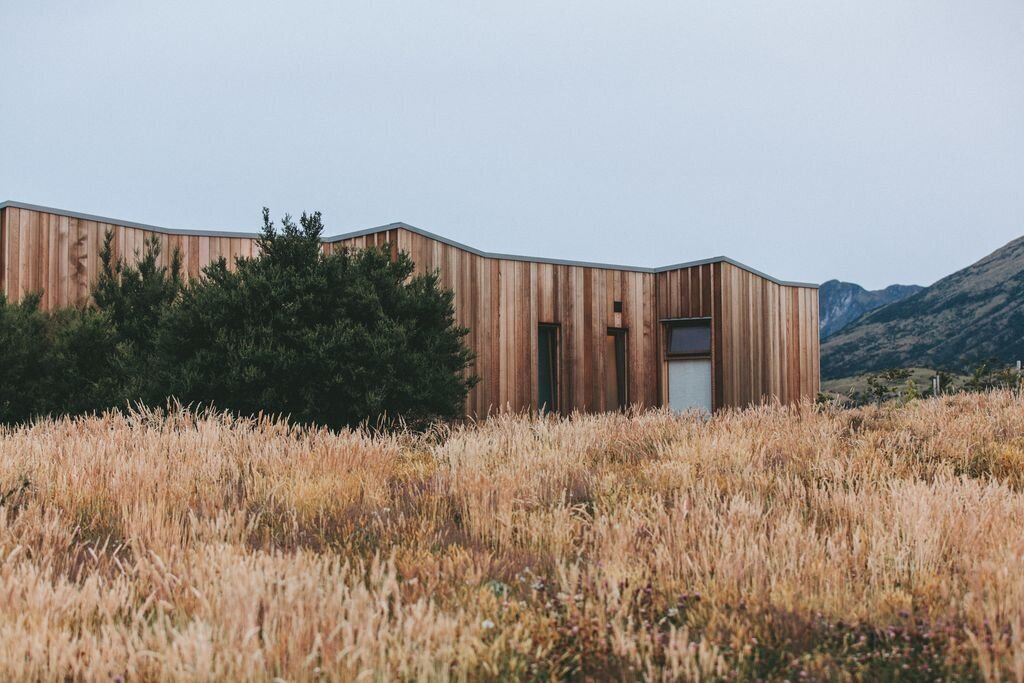
Make it stand out
NED HUD
NEDS Assistant v2 — Visual Bars + Closed Pool
Total: 420 / 420
Energy Bars
Total: 420 / 420 · Closed pool, baseline 70%, burnout at 120% (drops to 0)
Redistribute
→
Rules & Using Settings
The NEDS Assistant models a closed personal-energy pool with a built-in 30% safety reserve. Use transfers, rests, and presets to shape where energy goes during a scene or session.
30% Rule (Always Reserve 30%)
- Baseline = 70%: Each of the 6 domains (Physical, Mental, Emotional, Relational, Spiritual, Rest) starts at 70%. This 70 is your safe operating level.
- Closed Pool: Total energy is fixed at 420 (6×70). To raise one bar, you must lower another. No free energy is created by this app.
- Surge: You can push a bar above 70 in 10% steps by transferring from other bars. This represents tapping reserves elsewhere.
- Burnout Threshold = 120%: If any bar reaches 120%, it immediately Burns Out to 0% (Destroyed) and cannot contribute until narrative recovery.
- Recovery from Destroyed: Out-of-session/full-week recovery restores a destroyed bar back to 70% (refilling the pool to 420).
- Session Decay (optional rule): If you end a session below your starting value, that lower value can become your new baseline next session.
Modifiers by Tier (for Dice)
- 80–100: +2 · 60–79: +1 · 40–59: ±0 · 20–39: −1 · 0–19: −2. Values >100 are still considered +2 (overclocked).
- Select 1–3 relevant domains per roll. Their modifiers stack with situational ± and any Nom Dice.
How to Use the Controls
- Transfer (manual): Choose donor and target, then amount (+10/20/30/40%). Transfers move energy in 10% chunks from donor → target. If target hits 120%, it burns out to 0.
- Short Rest: Moves a single 10% chunk from the highest bar above 70 to the lowest bar below 70.
- Long Rest: Repeats the above redistribution multiple times to pull the spread toward 70 without changing the total.
- Reset → 70%: Sets every bar back to the nominal baseline (use at the start of a new day/session).
- Save / Load: Stores your state in your browser (localStorage). Helpful for multi-session play or counseling.
Presets (Settings You Can Save)
- Standard Presets: One-click redistributions that pull from the highest available donors (excluding the target). Examples: Focus Mode (Mental +20), Social Sprint (Relational +10 & Emotional +10), Physical Push (Physical +20), Deep Recovery (Rest +20), Spiritual Retreat (Spiritual +20).
- Personal Presets: Name your preset, pick Target, a total (+10/+20/+30/+40), and set Donor A & Donor B. Applying a preset transfers in 10% steps, alternating donors (A/B/A/B...).
- Good Practice: Create presets that match common modes (e.g., Teaching Day: Mental +20 from Rest+Relational; Therapy Evening: Emotional +20 from Mental+Physical).
Recommended Guardrails (Optional)
- Donor Floor: Avoid drawing a donor below 40% (or pick your own floor). If a transfer would drop a donor under the floor, choose a different donor or reduce the amount.
- Per-Scene Surge Cap: Limit total surges to +40% into any single bar per scene to reduce burnout risk.
- Domain Use Cap: At most 3 domains per roll to keep decisions quick and readable.
- Chunk Size: Keep transfers to 10% steps for clarity and auditability in the log.
Examples
- Focus Sprint (15 minutes): Move +20% to Mental → pull 10% from Rest and 10% from Relational. After the sprint, either Long Rest back toward 70 or keep the shift if you expect more cognitive load.
- Social Evening: Move +10% to Relational and +10% to Emotional from Physical/Rest. Watch for Emotional >100—if it climbs too high, consider moving 10% back to Rest.
- Recovery Day: Use “Deep Recovery” to feed Rest +20 from two highest donors. Then Short Rest once or twice to smooth uneven bars.
